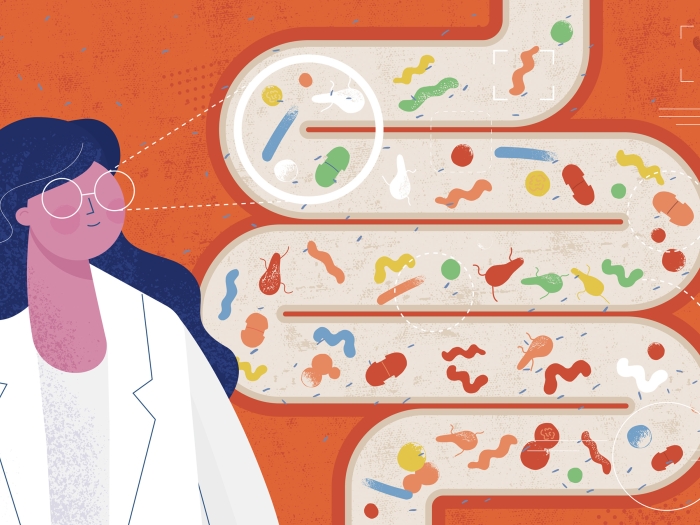Antiphospholipid syndrome is rare in adults and even less common among children.
3:35 PM
Author |

Each year, around two of every 100,000 American adults receive a new diagnosis of antiphospholipid syndrome, or APS, an autoimmune disease known to cause inflammation and recurring, potentially fatal, blood clots. The number of children with APS is likely much smaller but unknown – and for kids with the disease, it's often not identified until destructive clotting has already occurred.
To find common features of pediatric APS, researchers at University of Michigan Health, Michigan Medicine, reviewed hundreds of potential cases from the last 20 years, which only amounted to 21 children with a definite diagnosis.
They found that two-thirds of the children experienced additional symptoms not formally associated with antiphospholipid syndrome in adults, including low platelet counts, hemolytic anemia and livedo reticularis, a rash indicating abnormal blood flow to the skin. The results are published in Pediatric Rheumatology.
"Beyond clots, there is not one definitive feature of this rare disease in children; rather, there is a constellation of symptoms we found among these patients," said Jacqueline Madison, M.D., lead author of the paper and a rheumatologist at University of Michigan Health. "If we can prove these symptoms are related to the condition, then physicians should be able to test for APS sooner and diagnose the disease earlier to prevent potentially catastrophic clots."
Nearly half of the children suffered recurrent blood clots, many of them not taking full-dose anti-coagulants. Researchers believe this may have occurred because the patients were either not adhering to treatment or were only prescribed smaller, preventative doses.
"We found that some children with APS develop significant damage to their bodies from the disease over time, too, and it will be important to try to prevent that damage going forward," Madison said.
Almost half of the patients were first diagnosed with lupus, another autoimmune disease where the body attacks its own immune system, before receiving an APS diagnosis. Lupus is a lot more common among children than APS, Madison says, and rheumatologists need to be educated to test for antiphospholipid syndrome after making a lupus diagnosis.
"These findings underscore the importance of creating pediatric-specific criteria for the diagnosis of APS," said Madison, who is also an assistant professor of rheumatology at University of Michigan Medical School. "We have already started a prospective study of this young patient population to better understand how the disease presents in the earliest stages and to try to find even better diagnostic markers in the blood. These are major steps towards limiting blood clots and potential hospitalizations or deaths due to APS in kids."
Additional authors include Kelsey Gockman, B.S., Claire Hoy, B.S., Ajay Tambralli, M.D., Yu Zuo, M.D., MSCS, Jason Knight, M.D., Ph.D.
Paper cited: "Pediatric antiphospholipid syndrome: clinical features and therapeutic interventions in a single center retrospective case series," Pediatric Rheumatology. DOI: # 10.1186/s12969-022-00677-8
Like Podcasts? Add the Michigan Medicine News Break on iTunes, Google Podcasts or anywhere you listen to podcasts.

Explore a variety of healthcare news & stories by visiting the Health Lab home page for more articles.

Department of Communication at Michigan Medicine
Want top health & research news weekly? Sign up for Health Lab’s newsletters today!





